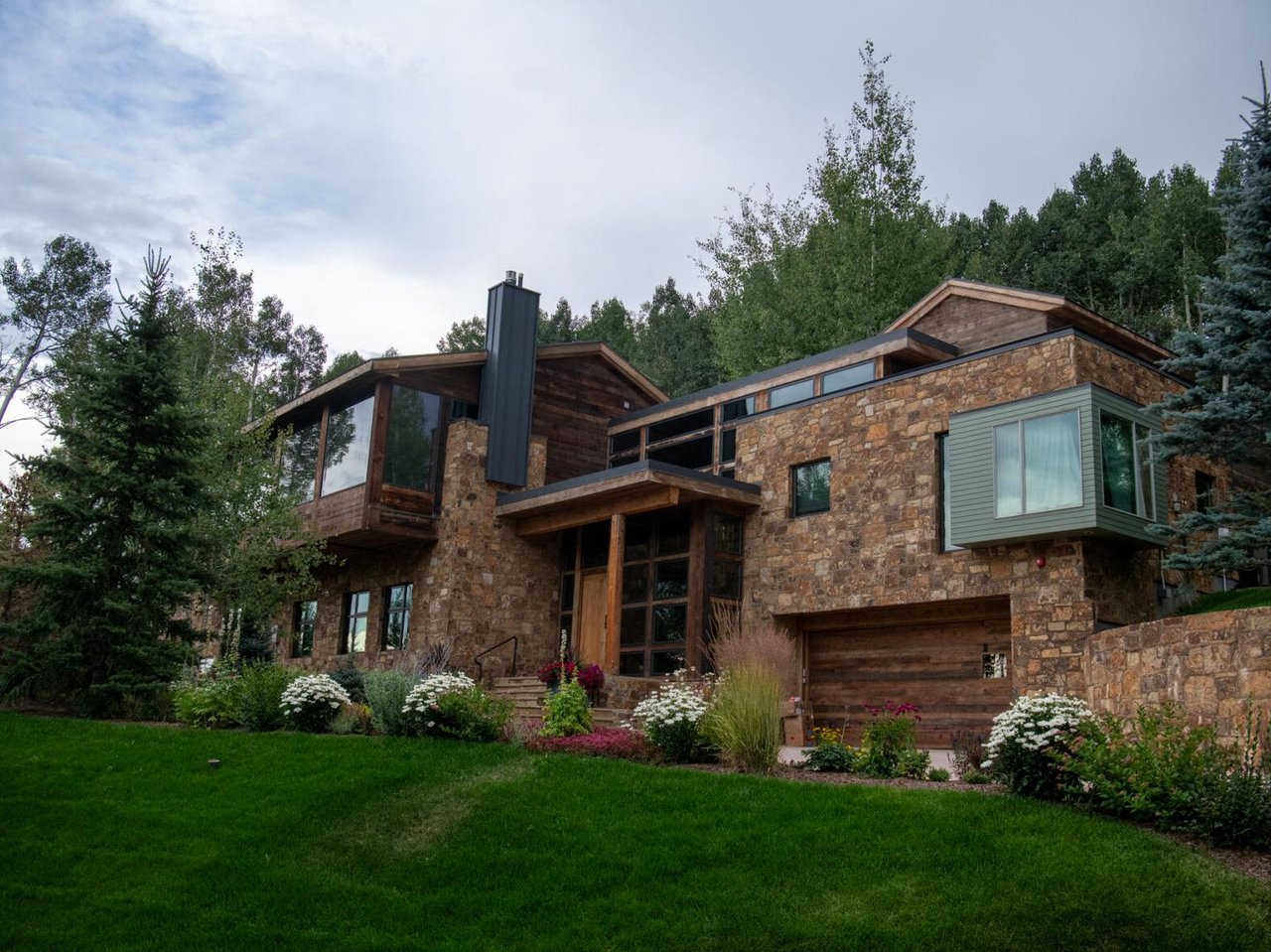Snowmass Tax Telief Won’t Shaft Second Homeowners


The town of Snowmass Village is the latest government in the Roaring Fork Valley to explore how to best provide property tax relief for its constituents.
Town council members didn’t figure out how to provide the relief in a work session Monday, but they agreed they don’t want to help local residents at the expense of second homeowners.
“In the end, whatever we do needs to seem fair for everybody,” said Councilman Tom Fridstein. “I don’t want to have a group of taxpayers feeling like we really cheated them.”
Town Manager Clint Kinney said if the mill levy stayed the same for 2023, the total tax revenue would grow from the current $3.6 million to around $6.1 million. A state-mandated reappraisal this year resulted in an average increase of about 85% in Pitkin County, a record leap.
Kinney said one option the council could choose is to provide a temporary mill levy reduction. That would reduce the tax rate for 2023 without the town surrendering the ability to return to the higher rate in the future.
Another option would be to grant a rebate for residential property owners. He noted that the town provides a sales tax rebate for full-time residents only.
“If the council’s open to the rebate idea, we could do it in such a way that primary homeowners that live here full-time, year-round could have a minimal increase to their property tax, whether you’re in a deed-restricted home or a market home,” Kinney said. “Any of the additional homes, the second homes, would pay the full increase.”
The extra revenues the town would receive could go to a special fund for road maintenance and construction. “It’s a way to make sure growth pays its own way,” Kinney said.
But Fridstein quickly expressed concerns about a rebate system that left out second homeowners.
“I’m bothered by the idea of the fairness issue if we do this rebate thing,” he said. “We’re going to decide who gets their taxes reduced and who doesn’t. I know a lot of second homeowners who have modest homes who have had their homes for a long time. They’re getting hit by the tax increase also.
“I’m just bothered that we’re going to wave this wand and say, ‘Well, all permanent residents get their rebate and we’re going to make all the second homeowners pay for it,’” he continued.
Councilwoman Alyssa Shenk also raised the fairness issue.
“I feel like it’s a good idea not to discriminate against the second homeowners,” she said. “Ideally, we want them to feel like they are part of our community. What makes our community special is to have different people from different places, some full-time and some part-time. I just hesitate to do this because I’m not sure how good that feels, what kind of message it sends.”
Mayor Bill Madsen said the town doesn’t want to approach tax relief in a way that produces blowback from some quarters.
Rather than a rebate, Fridstein said the town could limit its property tax revenue increase to one-third of what it would be if no action was taken this year and an additional one-third next year. That would accomplish “easing the blow a little bit,” he said.
“It’s a windfall for the town, substantially more than we were expecting,” Fridstein said. The town government doesn’t need that entire windfall so it should forego a portion of it, he said.
Cutting the mill levy through a temporary adjustment would lower property taxes on commercial as well as residential property owners. Council members expressed a preference to provide relief to residential property owners only.
Councilwoman Britta Gustafson said she wasn’t ready to give up on the rebate idea. She said the rebates could be set up in a way that would provide the most relief to the people who need it the most.
Kinney said a rebate system could be set up for residential property owners where one amount of rebate could go to owners of affordable housing, a different amount could go to free-market, full-time residents and a third amount could go to second homeowners. Specific amounts weren’t discussed. Property owners would have to apply to qualify.
“People are going to have to take some action if they want the rebate,” Madsen said.
The council directed Kinney and town staff to conduct further research on the idea of a tiered rebate system versus a flat rate reduction.
Kinney said he was unaware of any other taxing district in the upper Roaring Fork Valley looking at a rebate system.
“I’m going to guess if we get some momentum behind it on our side and we say here’s why we want to do it this way, some other folks are going to follow our lead on it,” Kinney said.
He noted that the town of Snowmass Village’s property tax bill is a small portion of the overall property tax bill for a town resident. The “typical landowners” in Snowmass Village pay at a rate of nearly 51 mills. The town is only responsible for 11 of those mills.
Other local governments are looking at property tax relief, including:
Colorado Mountain College’s board of trustees stated on May 19 their “intention” to temporarily reduce the mill levy to keep tax revenue growth near the inflation rate at 5.7%.
The Basalt and Rural Fire Protection District will seek voter approval of a property tax increase in the November general election but its board will also consider dropping the mill levy for the operating budget this year.
Pitkin County commissioners reached conceptual agreement on Aug. 1 to provide property tax relief and directed its staff to explore options.
Taxing districts will decide on their mill levy rates later this year while completing their budgets for 2024. The tax bills for 2023 will go out in January.
Scott Condon | Aspen Daily News I August 17, 2023